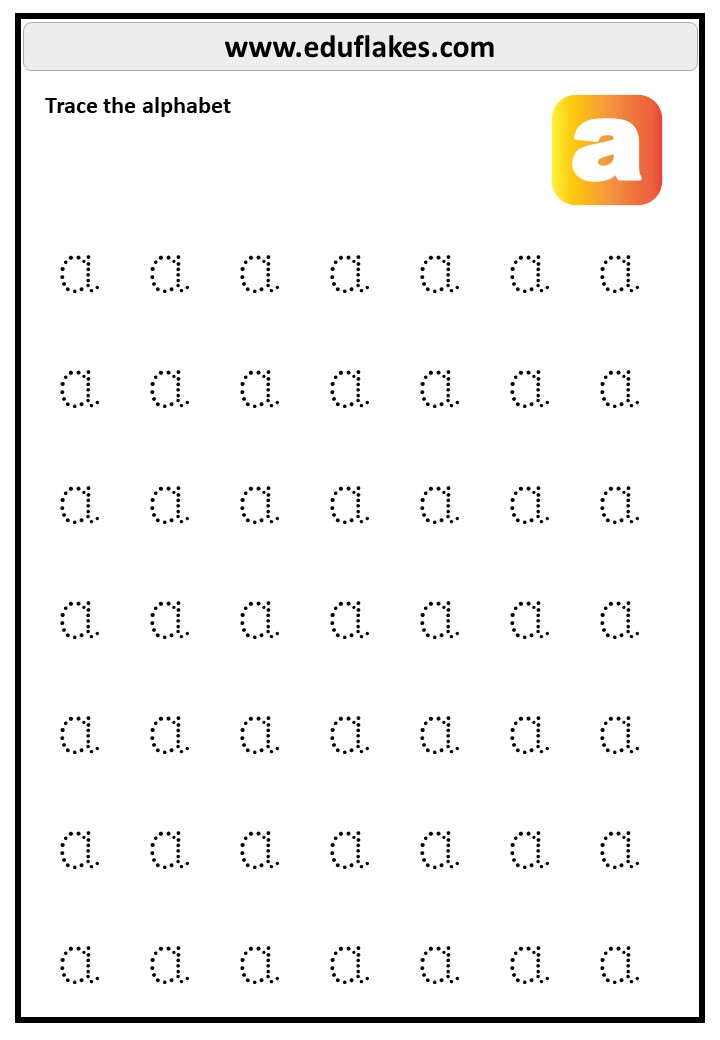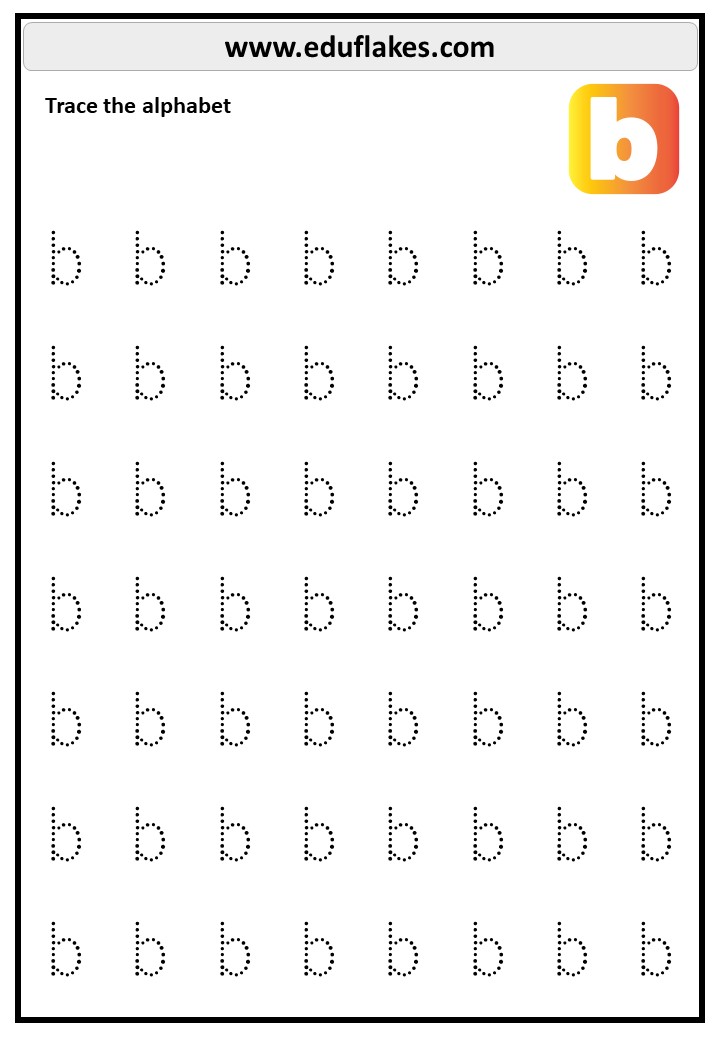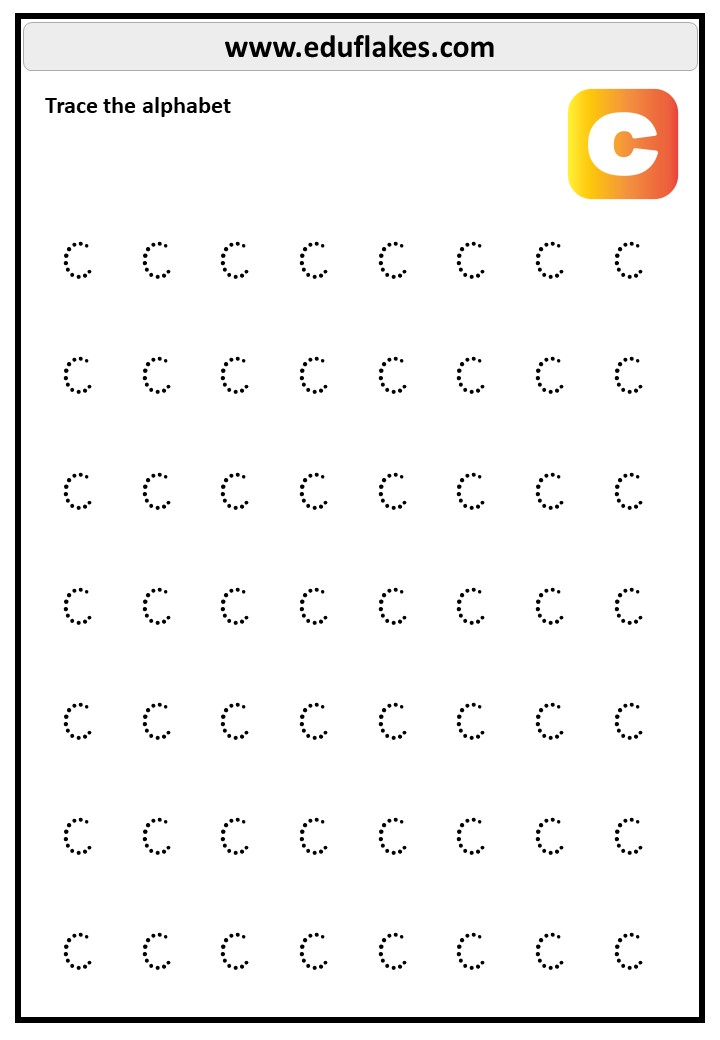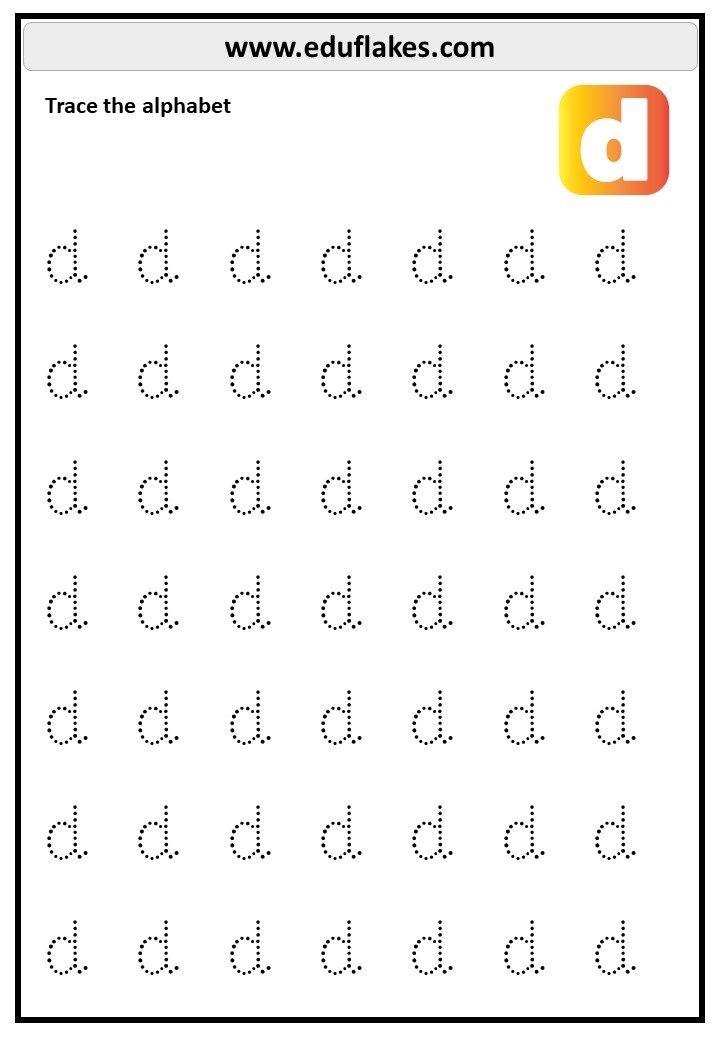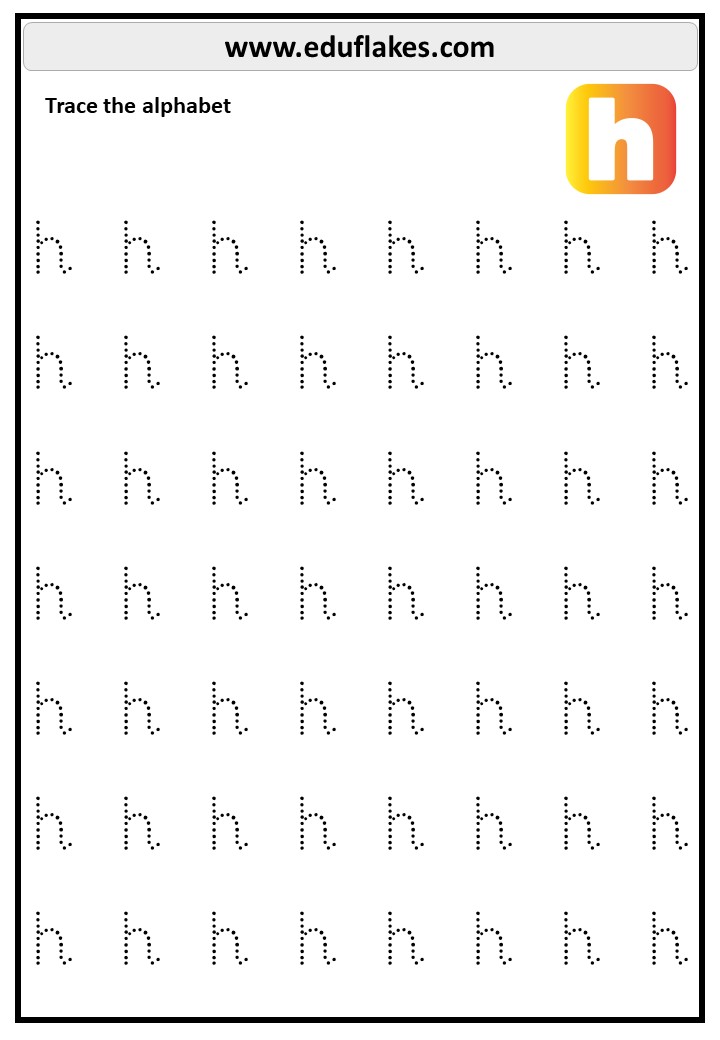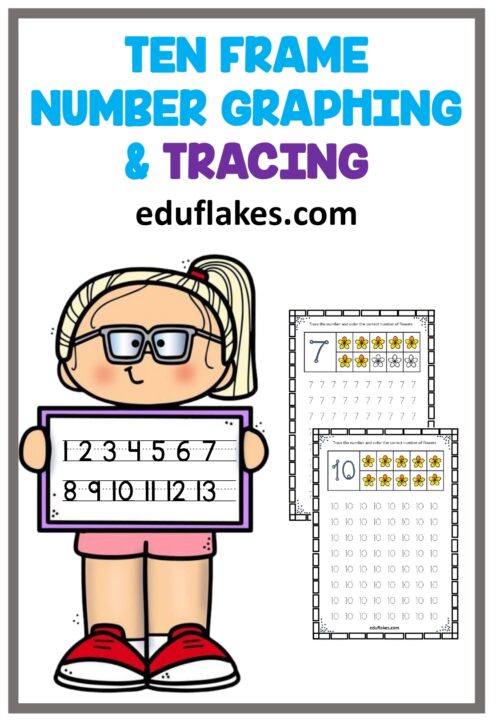Lowercase alphabets tracing free pdf
Lowercase alphabets tracing free pdf
Alphabet Tracing for Kindergarten: A Comprehensive Guide
Alphabet tracing is an essential activity for young learners, particularly those in kindergarten. It helps children develop their fine motor skills, recognize letters, and build the foundation for reading and writing. In this article, we will explore the benefits of alphabet tracing, different methods to make it enjoyable, and how to integrate it into a child’s daily learning routine. Additionally, we will introduce free printable resources from Eduflakes.com that can enhance your teaching experience.

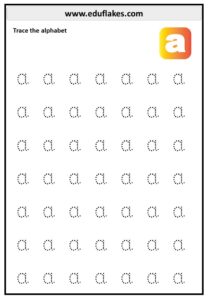

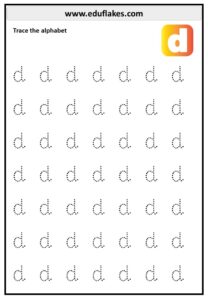

The Importance of Alphabet Tracing in Early Childhood Education
Developing Fine Motor Skills
One of the primary benefits of alphabet tracing is the development of fine motor skills. As children trace the shapes of letters, they are required to control their hand movements carefully. This activity strengthens the small muscles in their hands and fingers, which are crucial for writing. The repetitive motion of tracing also helps improve hand-eye coordination, enabling children to write more smoothly and accurately in the future.
Enhancing Letter Recognition
Alphabet tracing is a powerful tool for enhancing letter recognition. By repeatedly tracing each letter, children become familiar with its shape and learn to identify it more easily. This recognition is a key step in learning to read, as children must first know the letters before they can understand the sounds they make. Tracing also helps reinforce the order of the alphabet, which is important for literacy development.
Building Confidence in Young Learners
Tracing activities provide young learners with a sense of accomplishment. Completing a tracing sheet and seeing the results gives children confidence in their abilities. This confidence is crucial as it encourages them to continue practicing and improving their skills. As they progress, children will feel more prepared to tackle more challenging tasks, such as writing words and sentences.
Making Alphabet Tracing Fun and Engaging
Incorporating Colorful and Interactive Worksheets
To keep children engaged, it’s important to use worksheets that are visually appealing. Eduflakes.com offers a variety of free printable tracing sheets that are both colorful and interactive. These sheets often include pictures of objects that start with the letter being traced, such as an apple for “A” or a ball for “B.” These images not only make the activity more enjoyable but also help children associate the letter with a familiar object.
Using Different Tracing Materials
Variety is key when it comes to keeping children interested in tracing activities. Instead of limiting tracing to paper and pencil, consider using different materials. For example:
- Sand Tracing: Fill a shallow tray with sand and let children trace letters with their fingers. This sensory experience adds a tactile element to learning and can be particularly engaging for kinesthetic learners.
- Finger Paint Tracing: Allow children to trace letters using finger paints. This messy but fun activity can make learning more memorable.
- Whiteboard Tracing: Provide children with whiteboards and dry-erase markers to trace letters. This option is easy to clean and allows for quick corrections, making it perfect for practice.
Turning Tracing into a Game
Games are a fantastic way to make learning fun. Consider turning tracing into a game by incorporating it into activities like scavenger hunts or matching games. For example, you can hide letter cards around the room and have children find and trace them. Alternatively, you can create a matching game where children trace a letter and then match it with an object or picture that starts with that letter. These games add an element of excitement and challenge, making the learning process more engaging.
Best Practices for Effective Alphabet Tracing
Starting with Simple Letters
When introducing alphabet tracing to kindergarteners, it’s important to start with simple letters. Letters like “A,” “T,” and “L” are easier to trace because of their straight lines. Once children are comfortable with these letters, you can gradually introduce more complex ones, such as “S” and “B.” This step-by-step approach helps build confidence and ensures that children don’t become overwhelmed.
Using Dotted Line Templates
Dotted line templates are an excellent tool for teaching alphabet tracing. These templates provide a clear guide for children to follow, helping them stay within the lines as they trace. Eduflakes.com offers a variety of free printable dotted line templates that are perfect for beginners. These templates can be used repeatedly, allowing children to practice until they master each letter.
Providing Consistent Practice
Consistency is key when it comes to mastering alphabet tracing. Set aside time each day for tracing practice, even if it’s just for a few minutes. This regular practice helps reinforce what children have learned and ensures that they retain the skills they’ve developed. Over time, you’ll notice that your child’s tracing abilities will improve significantly.
Integrating Alphabet Tracing into Daily Learning
Incorporating Tracing into Daily Routines
Alphabet tracing doesn’t have to be confined to a specific learning session. It can be easily integrated into a child’s daily routine. For example:
- Morning Warm-Up: Start the day with a quick tracing activity to warm up your child’s hands and get them ready for learning.
- Quiet Time Activity: Use tracing as a calming activity during quiet time. This can be particularly helpful in helping children wind down after a busy day.
- Interactive Play: Incorporate tracing into playtime by setting up a tracing station with different materials and encouraging your child to explore letters through play.
Encouraging Parental Involvement
Parental involvement is crucial for reinforcing learning at home. Encourage parents to participate in tracing activities by providing them with free printable resources from Eduflakes.com. Parents can use these printables to practice tracing with their children at home, helping to reinforce what they’ve learned in the classroom. Additionally, parents can provide positive reinforcement and encouragement, which is essential for building confidence and motivation.
Tracking Progress and Celebrating Milestones
As children practice tracing, it’s important to track their progress and celebrate milestones. Keep a record of the letters your child has mastered and the ones they still need to work on. Celebrate small victories, such as completing a tracing sheet or successfully tracing a difficult letter, with praise and rewards. This positive reinforcement helps motivate children to continue practicing and improving.
Alphabet tracing is a fundamental activity that plays a crucial role in a child’s early education. By developing fine motor skills, enhancing letter recognition, and building confidence, tracing prepares children for the challenges of reading and writing. With the right resources and strategies, such as those offered by Eduflakes.com, you can make alphabet tracing a fun and effective learning experience. Whether you’re a teacher or a parent, incorporating tracing into a child’s daily routine can have a lasting impact on their educational journey.
Eduflakes.com offers a wide range of free printable tracing worksheets designed to make learning enjoyable and accessible for all children. Download these resources today and start your child on the path to literacy success!

